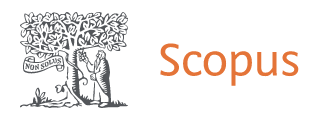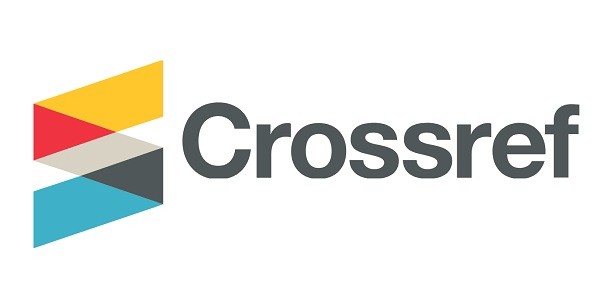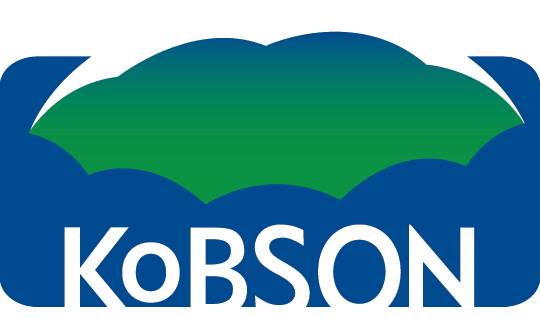DOI: 10.5937/jaes15-13926
This is an open access article distributed under the CC BY-NC-ND 4.0 terms and conditions.

Volume 15 article 427 pages: 181 - 186
The key focus in the paper is on the presentation of the risk assessment model in the optimisation design process by establishing the link between the various phases that result in the successful project implementation. Through the comparative analysis of the quantitative risk assessment models a number of impacts on the design process are shown which occur in different project phases. This approach has proved the RAKA model (Risk Analysis by Key-factors Assessment) to be the most adequate mathematical model for the assessment of the risks on the project goals in the optimisation process of the development of the products for the accomplishing lighting of the open public spaces. The particularities of the model are best described by the predetermined criteria which contribute to the optimisation of the design process through the quantitative analysis of the project risks, according to the predetermined project goals sets. The influence of the risks on the project goals are shown by mathematical formulas in which the criteria of the design team are taken into account, leading to the efficiency improvement and enhancement in the implementation phases of the project.
Browning, T. & Hillson, D.
(2003). „A quantitative framework for multi-dimensional risk and opportunity
management“, Working Paper, Texas Christian University, Neely School of
Business, pp. 1-28.
Browning, T.R., Fricke, E. &
Negele, H. (2006) „Key concepts in modeling product development processes“,
Systems Engineering 9(2), pp.104–128.
Carbone, T.A. & Tippett, D.D.
(2004) “Project Risk Management Using the Project Risk FMEA”, Engineering
Management Journal, 16(4), pp.28–35.
Cooper, L.P. (2003). “A research
agenda to reduce risk in new product development through knowledge management:
a practitioner perspective.” Journal of Engineering and Technology Management,
20(1), pp. 117- 140.
Gidel, T., Gautier, R. &
Duchamp, R. (2005). “Decision-making framework methodology: An original
approach to project risk management in new product design”. Journal of
Engineering Design, 16(1), pp. 1–23.
Kayis, B., Arndt, G., & Zhou,
M. (2007). “A risk mitigation methodology for new product and process design in
concurrent engineering projects”. CIRP ANNALS Manufacturing Technology, 56(1),
pp. 167–170.
Keizer, J.A., Vos, J. &
Halman, J.I.M. (2005). “Risks in new product development: Devising a reference
tool”. R&D Management, 35(3), pp. 297–309.
Ninkovic, D., Sedmak, A.,
Rakonjac, I., Misita, M. (2012) „Information-communication and Documentation
Flow within R&D Function Model“. Technics Technology Education Management,
7(1), pp. 137-146.
Oehmen, J., Olechowski, A.,
Kenley, C.R. & Ben-Daya, M. (2014). “Analysis of the effect of risk
management practices on the performance of new product development programs”.
Technovation, 34(8), pp. 441-453.
Rakonjac, I., Rakonjac, I.,
Kirin, S., Spasojevic-Brkic, V., Sedmak, A. (2011). “Risk Analysis by Key-coefficient
Assessment - Public Lighting Project Example”. Technics Technology Education
Management, 6(4), pp. 1016-1023. ISSN 1840-1503.
Rakonjac, I., Rakonjac, I.,
Fotiric, N., Rajkovic, I., Gasic, M (2016). “Аnaliza svetlosnih karakteristika
u eksploatacionom veku instalacije osvetljenja / Lighting Features Life Cycle
Analysis for a Lighting System”. Structural Integrity and Life, 16(2), pp.
81-86. ЕISSN:1820-7863, ISSN:1451-3749.
Spasojevic-Brkic, V., Veljkovic,
Z. & Golubovic, T. (2015). “Fulfilling the requirements for export of metal
industry products from Serbia and Bosnia and Herzegovina cross-border area to
EU market”. Journal of Applied Engineering Science - JAES, 13(3), pp. 25-36.
DOI: 10.5937/jaes13-7785. ISSN: 1451-4117.
Stanisavljev, S., Cockalo D.,
Klarin, M., Spasojevic, B.V. & Djordjevic, D. (2015). „Stohastic Model to
Determine the Elements of the Production Cycle Time: Case of Serbian Textile
Industry”. Fibres & Textiles in Eastern Europe, 23(5), pp. 23-29.
Stamenkovic, D., Popovic. V., Spasojevic Brkic,
V. & Radivojevic, J. (2011). “Combination free replacement and pro-rata
warranty policy optimization model”. Journal of Applied Engineering Science,
9(4), 456-464. DOI: 10.5937/JAES9 - 1202. ISSN: pp. 1451-4117







